Survey of collections in Central Tigray
Beta maṣāḥǝft working papers 3
Manuscript inventorying and digitization filed survey in Central Tigray: Guyā Takla Ḥāymānot and ʾAmbǝrsǝwā Mikāʾel (Qollā Tamben)
by Guesh Solomon Teklu
read online or download PDF file.
DOI: https://doi.org/10.25592/uhhfdm.13989
Traditional bookmaking has been a captivating facet of Ethiopian culture since late antiquity. The northern region of Ethiopia, comprising Amhara and Tigray, stands out for its significant role in safeguarding a diverse collection of written liturgical artefacts. Specifically, the Tigray region, with its historical city Aksum, remains a crucial hub for the production of parchment books. Even today, there are active scribes in various districts, primarily in Aksum, Dabra Dāmmo, Lǝggāt, and Tamben areas, who diligently write and prepare numerous manuscripts.
Qollā Tamben (‘Lower Tamben’), named after the former province of Tamben, is one of the Waradās (districts) in the Tigray region. This sub-region has become a focal point for conflict (2020–2022) involving Ethiopian federal forces, along with their allies, the Eritrean forces, and the Amhara regional forces on one side, and the Tigrean defense forces on the other. As a consequence, numerous infrastructures, social service sectors, churches, and mosques have suffered significant destruction. Additionally, the prolonged conflict, which has endured for over two years, has resulted in the tragic loss of innocent lives. Undoubtedly, there was previously limited access for many scholars to conduct research in the area. Thanks to the Beta maṣāḥǝft project of Hamburg University, which allows me to explore specific monastic collections relevant to my ongoing PhD dissertation, I have initiated a preliminary inventory of various manuscripts. Furthermore, I have digitally documented 15 selected manuscripts from the Guyā area. This report will specifically concentrate on two monastic collections, those located in the Guyā sub-district.
1. Guyā Takla Ḥāymānot
Guyā Takla Ḥaymānot, also called Takla Ḥaymānot Tāmba or Māryām Tāmbā is a rock-hewn church and monastic compound in Guyā ṭabiyā which today houses two tābots, one dedicated to Saint Takla Ḥaymānot and the other to Saint Mary (fig. 1). I had the opportunity to interview the head of the church, priest Naggā Gabre, and deacon ʾAbrǝha Ḥagos, who provided me with valuable insights about the church and its history.
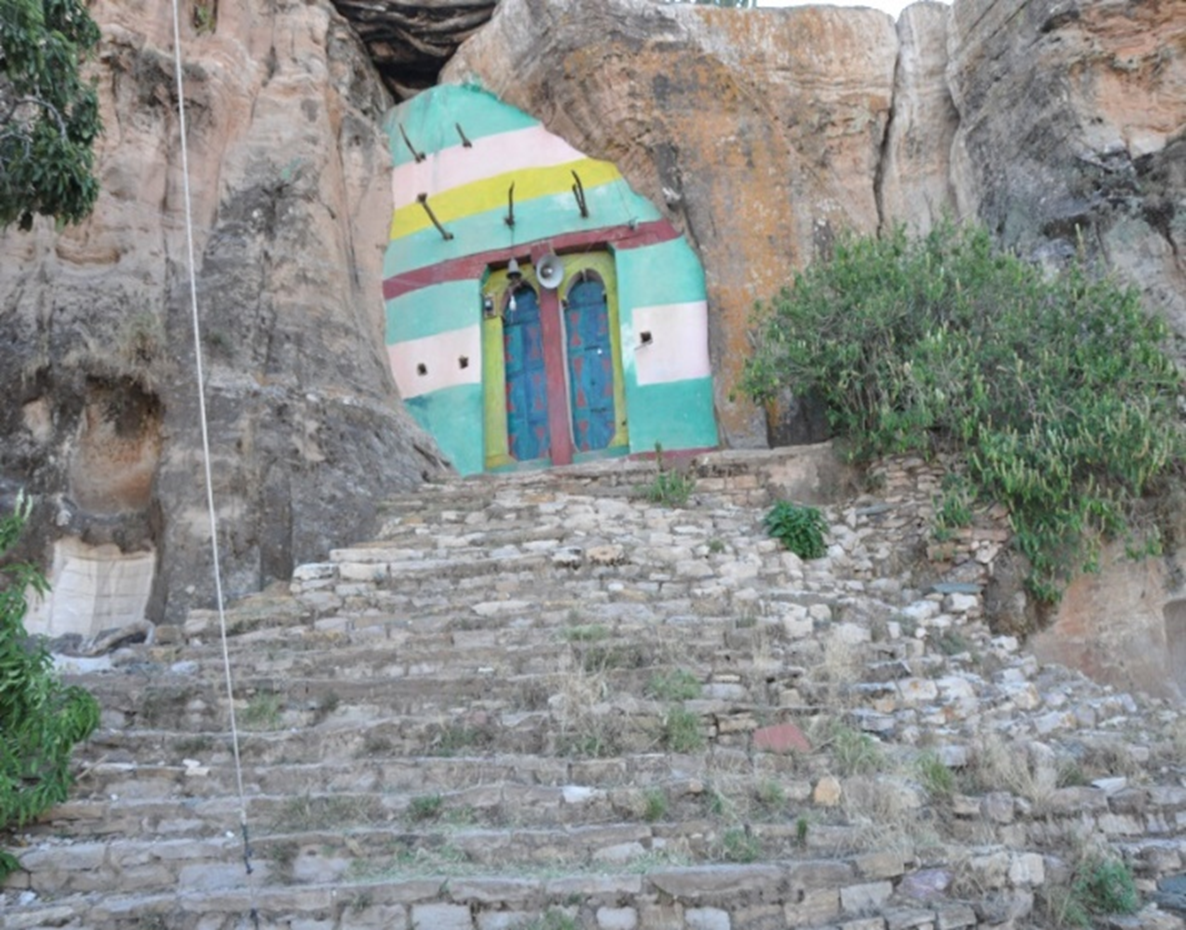
According to the local tradition, the rock-hewn church was built during the reign of Emperor Zarʾa Yāʿqob (r. 1434−1468 CE). The monastery is said to have suffered significant destruction, primarily affecting its movable treasures, during to the invasion by Aḥmad b. Ibrāhīm Al-Ġāzī (Ahmad Grāññ ‘the left-handed’) in the sixteenth century.
The interior of the church is dominated by six pillars—three are situated in a separate area where the altar is placed and can only be accessed by priests and deacons, while the other three are positioned in front of the area designated for the congregation and laity (fig. 2). Additionally, the compound encompasses various rock-built structures, including storage houses, tombs or graves, and a sacramental house where priests and deacons prepare the Eucharist (beta lǝḥem).
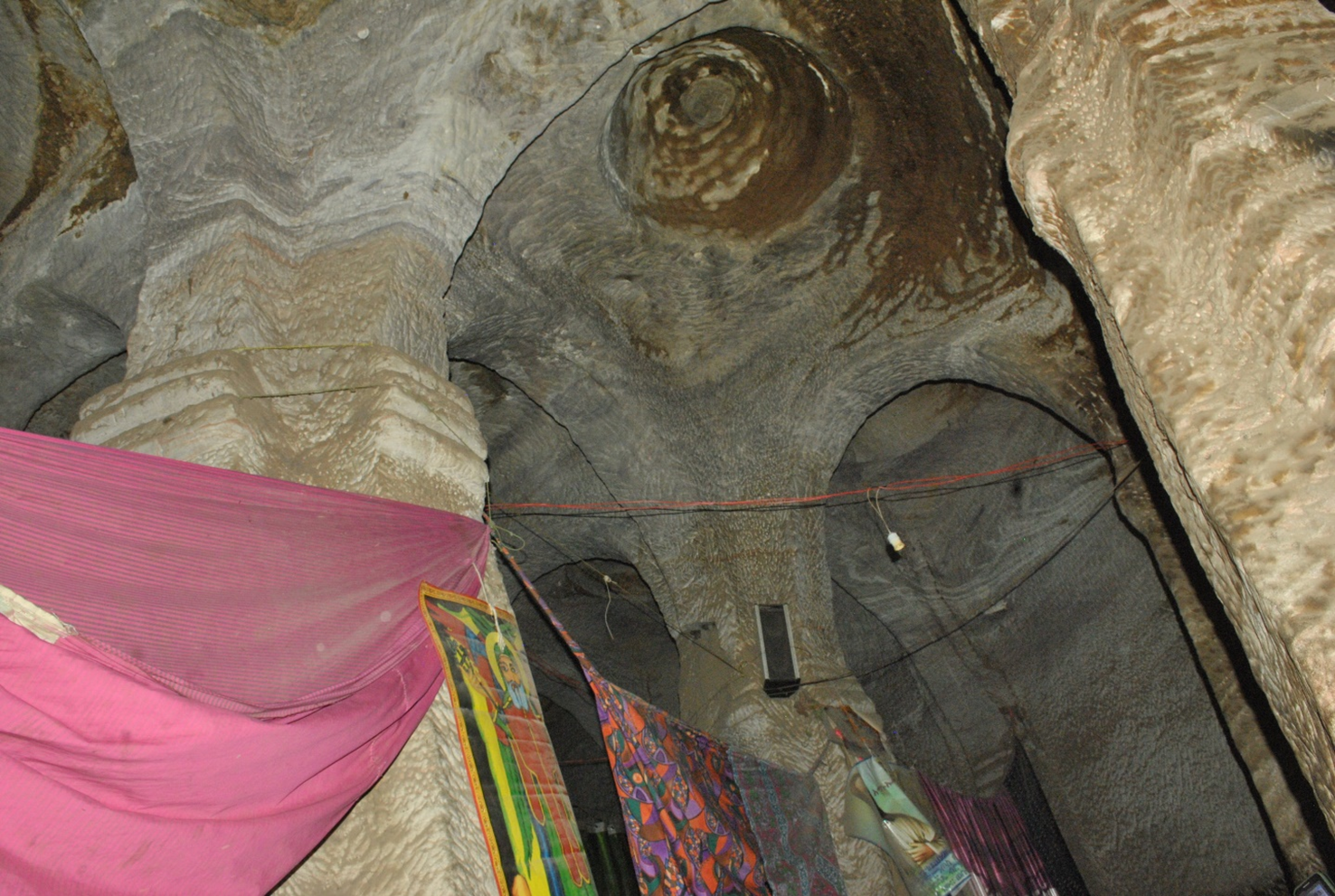
During my visit, I could examine the manuscript collection preserved at the church. It is one of the largest collections I have observed, with 198 volumes (fig. 3). They contain several hagiographies, homilies, ritual and melodic readings, missals, and many other liturgical prayer books including magical prayers. I was able to digitize eleven manuscripts, labelling them GT-001 through GT-011. Their descriptions and images shall be made available on the project website betamasaheft.eu.

Two of the manuscripts, GT-001 and GT-002, are exquisitely adorned. MS GT-001 is a copy of the Taʾāmmǝra Māryām collection decorated in the Second Gondarine style, belonging to the series called ʾAkkonu Bǝʾsi (lit. ‘Does not a man…?’; fig. 4). According to the colophon note on f. 144v, this manuscript dates back to the first half of the eighteenth century, during the reign of the Gondarine king ʾAṣe Bakāffā (fig. 5). [On the colophon, and in particular on its cryptographic part, see already A. Bausi, ‘I colofoni e le sottoscrizioni dei manoscritti etiopici’, in A. Sirinian, P. Buzi, and G. Shurgaia, eds, Colofoni armeni a confronto. Le sottoscrizioni dei manoscritti in ambito armeno e nelle altre tradizioni scrittorie del mondo mediterraneo. Atti del colloquio internazionale. Bologna, 12-13 ottobre 2012, Orientalia Christiana Analecta, 299 (Roma: Pontificio Istituto Orientale, 2016), 233–260; and, more recently, A. Bausi, ‘Ethiopic Colophons: An Update’, Comparative Oriental Manuscript Studies Bulletin, 8/1 (2022), 121–197.]
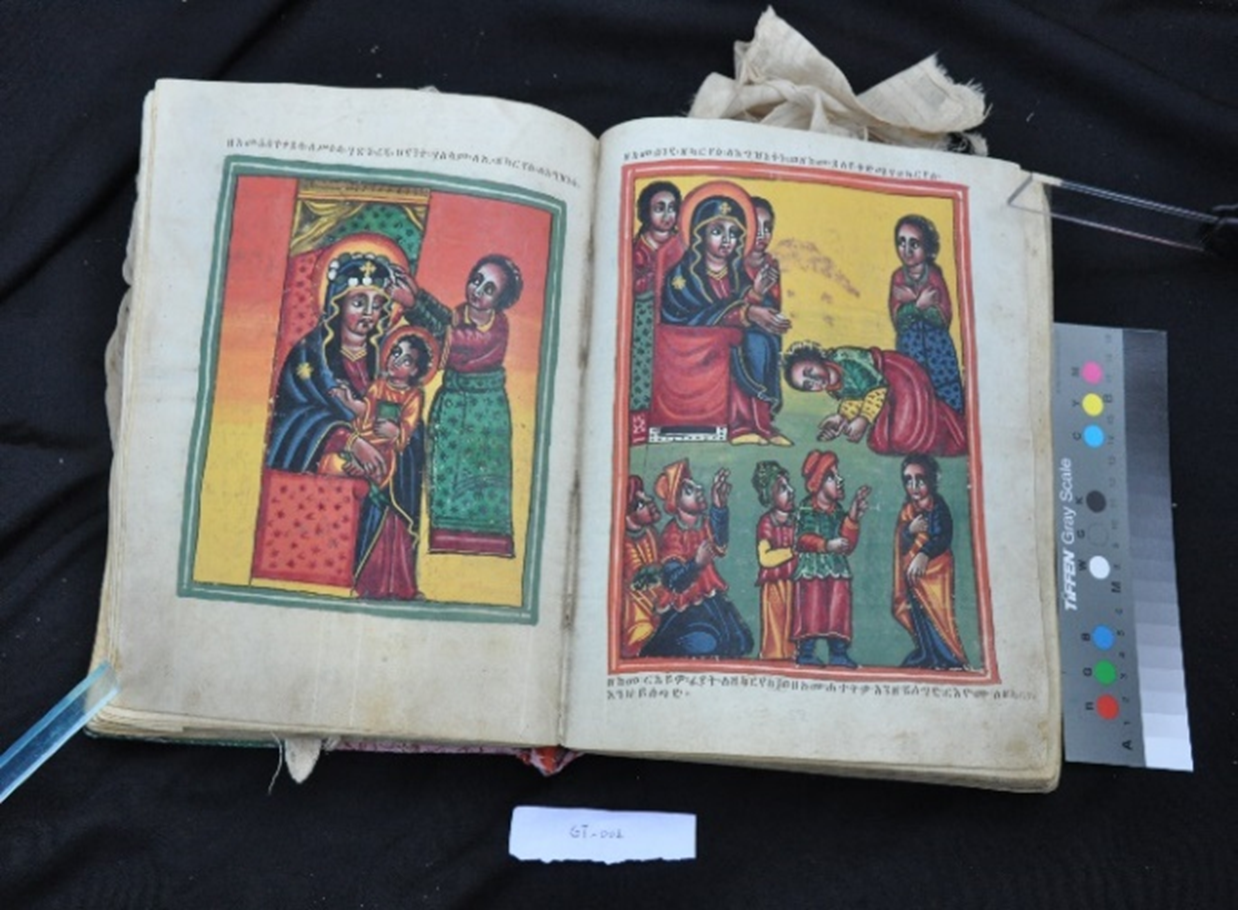
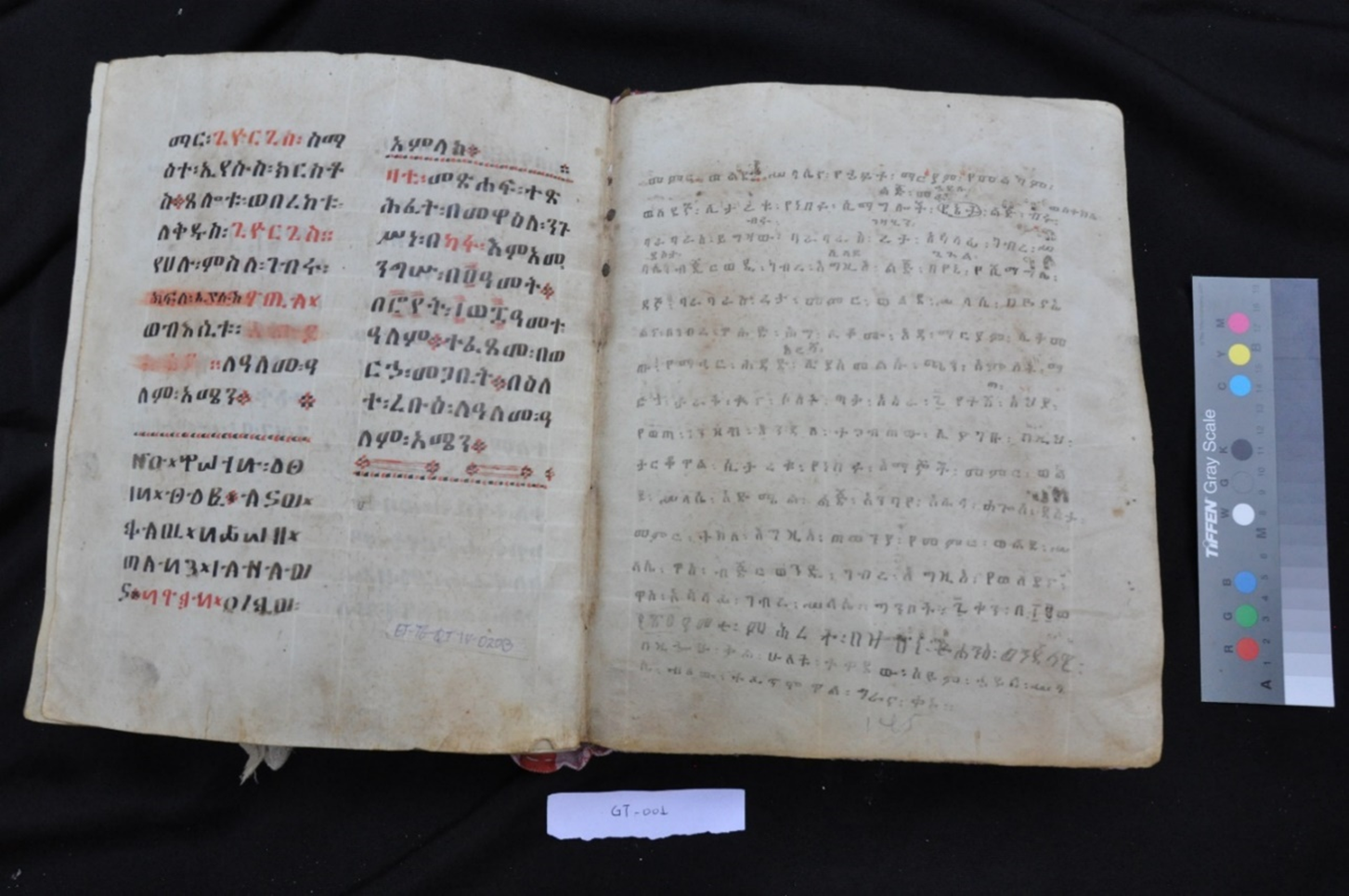
MS GT-002 is a gospel manuscript with the decoration style known as Gundā Gunde style decoration (fig. 6).
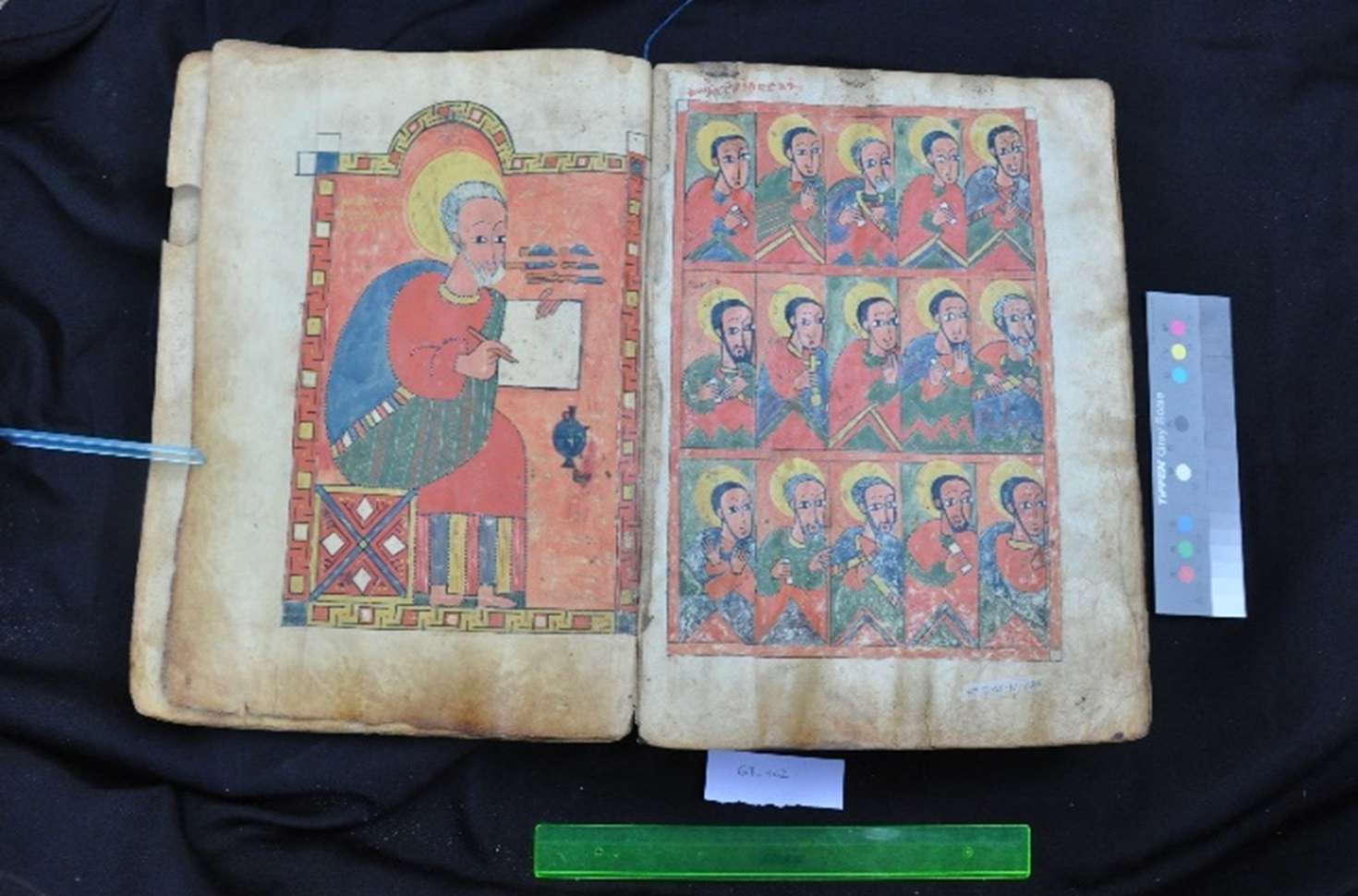
2. ʾAmbǝrsǝwā Mikāʾel
ʾAmbǝrsǝwā Mikāʾel (also ʾAmbirsǝwā Mikāʾel) is a free-standing church located in the small village of ʾAmbǝrsǝwā in Sǝmrat ṭabiyā; its tābot is dedicated to Saint Michael (fig. 7). According to the local priests, it was built in the middle of the eighteenth century.
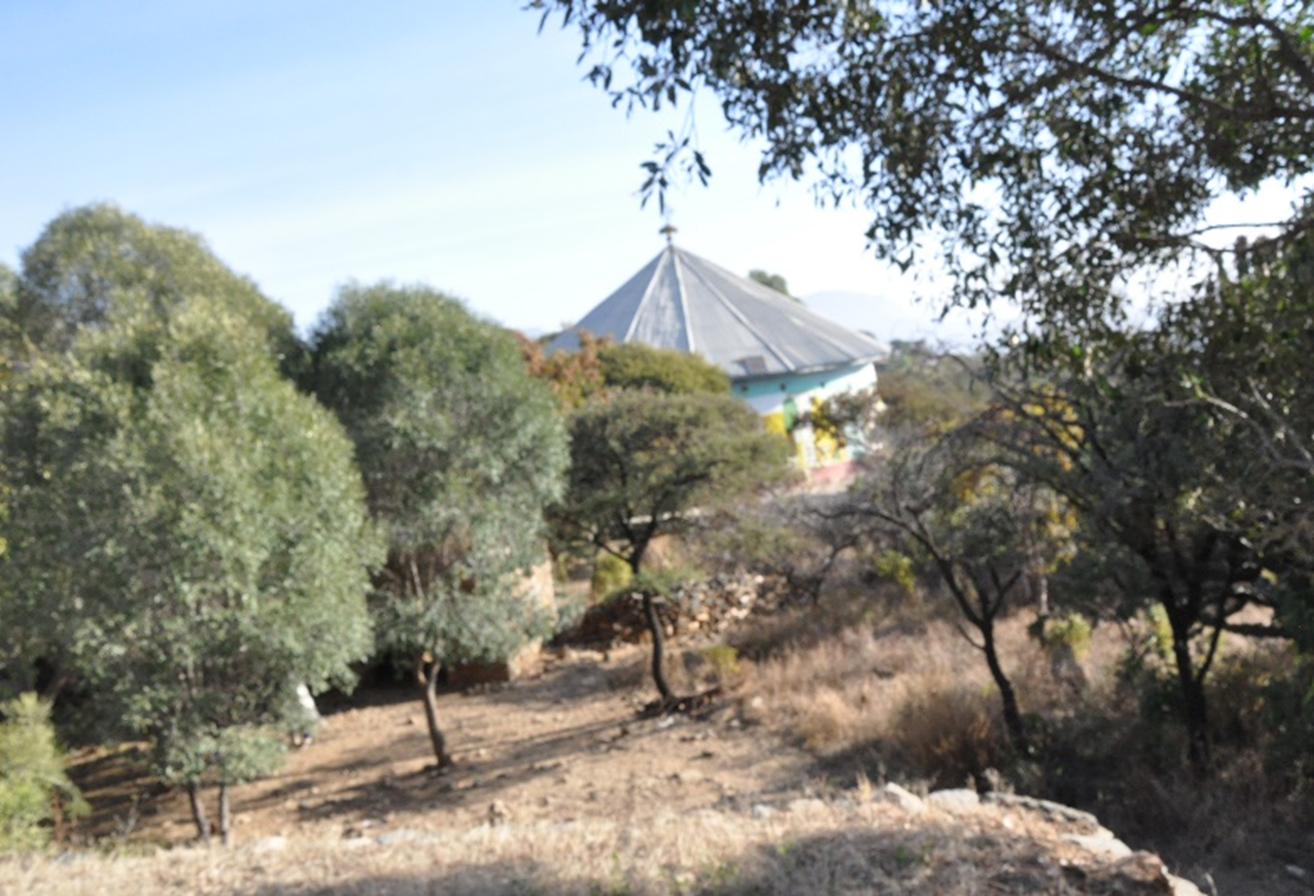
The church building is beautifully decorated. Colourful murals depict religious figures but also historical ones. They feature Emperor Ḫayla Śǝllāse I, his son ʾAlgā Warāš ʾAsfāwasan, as well as local leaders of the Tamben district, such as Rās Ḥāgos, Daǧǧāzmāč ʾAbarrā Ṭāsaw, Priest Gabra Mikāʾel, and ʾAbeto Ḥǝddug of ʾAmbirsǝwā (fig. 8).
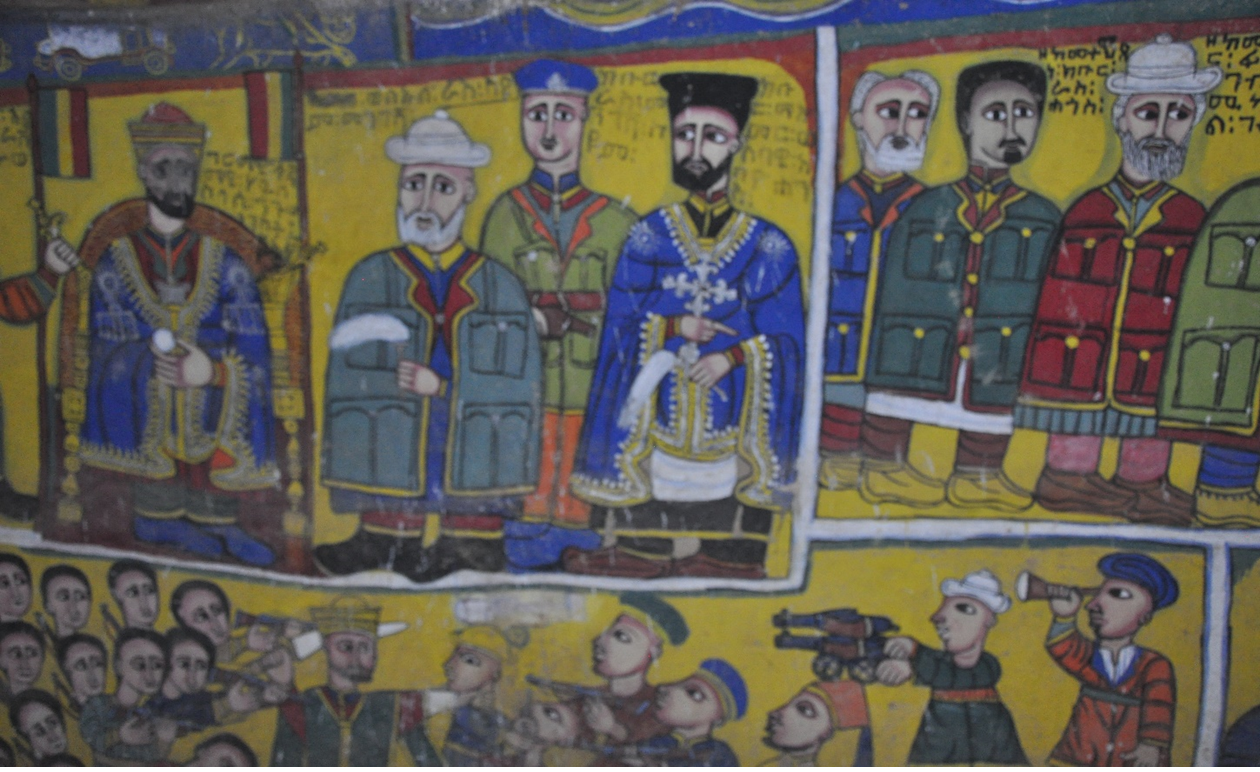
The church is endowed with a myriad of sacred artefacts, including crosses, vessels, an array of Eucharistic tools, and a rich collection of manuscripts. During my visit, I could count over 200 codices. Of these, I could digitize three and produced an inventory of 23 (fig. 9).
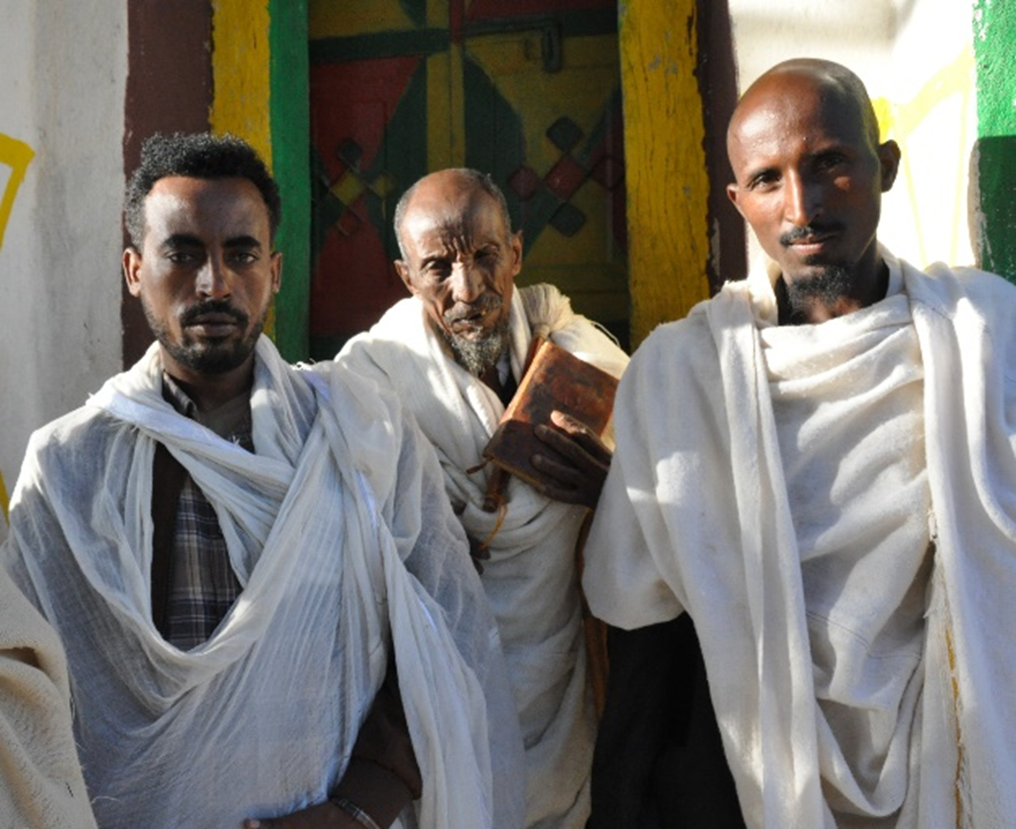
Numerous manuscripts within this ecclesiastical enclave are currently endangered. The imminent peril emanates from the absence of a suitable storage infrastructure capable of shielding these invaluable documents from decay, pernicious pests, including the ubiquitous presence of mice, and other deleterious environmental factors.
In conclusion, my field survey on selected churches and monastic collections in the Qollā Tamben district was fruitful and represents a crucial initial step towards a comprehensive and exhaustive survey. It helped me to come up with a comprehensive inventory and digitization of some selected manuscripts that relate to my study a substantial portion of which I judiciously digitized, a process integral to the advancement of my ongoing doctoral dissertation.
I strongly recommend an immediate response to address the precarious state of these highly vulnerable treasures. It is imperative that steps be taken promptly to ensure their accessibility for future generations. Preserving these manuscripts is not only essential for their historical significance but also for their potential to serve as enduring cultural endowments and sources of tourism in the long run. The focus of the forthcoming survey will be on the numerous endangered manuscripts in the Qollā Tamben district.


